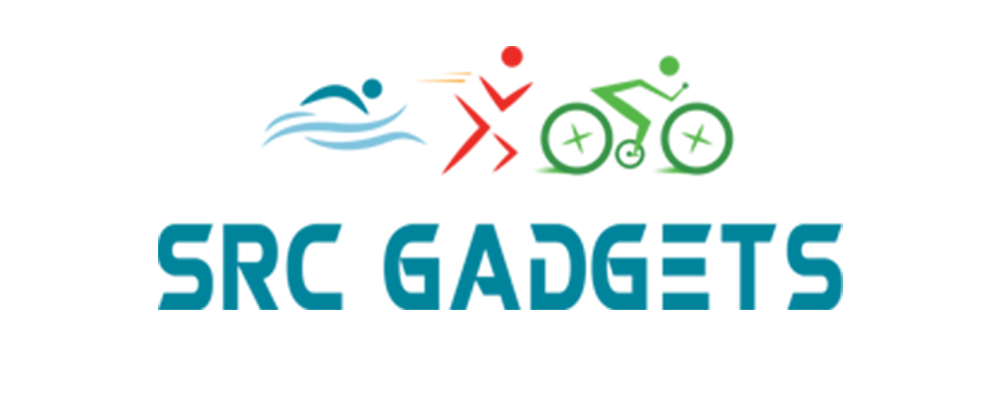Can I Use a Mountain Bike for a Triathlon?
If you are planning to participate in your first triathlon, you might be wondering if you can use your mountain bike for the biking segment. After all, mountain bikes are versatile, durable, and comfortable to ride on various terrains.
However, are they suitable for a triathlon? How do they compare to road bikes or triathlon bikes? What modifications do you need to make to optimize your mountain bike for a triathlon?
In this blog post, I will answer these questions and help you decide if you can use a mountain bike for a triathlon.
Mountain Bikes vs. Road Bikes
The first thing to understand is the difference between mountain bikes and road bikes. Mountain bikes are designed for riding on rough terrains, such as dirt trails, rocks, or mud. They have a sturdy frame, wide handlebars, suspension forks, and knobby tires that provide traction and stability.
Road bikes, on the other hand, are designed for riding on smooth and paved surfaces, such as roads or tracks. They have a lightweight frame, narrow handlebars, rigid forks, and thin tires that reduce rolling resistance and increase speed.
Features of Mountain Bikes
The main advantage of mountain bikes is that they can handle any terrain and offer more comfort and control. However, they also have some disadvantages when it comes to triathlon performance. They are heavier, slower, and less aerodynamic than road bikes. They also require more effort and energy to pedal, especially on flat or uphill sections.
Features of Road Bikes
Road bikes are faster, lighter, and more efficient than mountain bikes. They allow you to cover more distance with less effort and time. However, they also have some drawbacks. They are less comfortable, less stable, and more prone to punctures than mountain bikes. They also require more skill and experience to ride safely and smoothly.
Choosing Between Mountain and Road Bikes for a Triathlon
So, which one is better for a triathlon? The answer depends on several factors, such as the course profile, the weather conditions, your budget, your preferences, and your goals.
If the course is mostly flat or downhill, road bikes will give you an edge over mountain bikes. If the course is mostly uphill or has some off-road sections, mountain bikes will be more suitable. If the weather is wet or windy, mountain bikes will offer more stability and control.
If you have a limited budget or already own a mountain bike, you can use it for a triathlon without buying a new bike. If you enjoy riding on different terrains or value comfort over speed, you might prefer a mountain bike. If you want to achieve the best possible time or compete with other triathletes, you might opt for a road bike.
The Hybrid Bike Option
However, there are also other options: hybrid bikes. Hybrid bikes are a combination of road and mountain bikes. There are some characteristics shared by both types of bikes, including a medium-weight frame, flat or slightly curved handlebars, front suspension forks (optional), and tires that are wider than road bike tires and narrower than mountain bike tires.
In recent years, hybrid bikes have become popular both for recreational riders and those training for multistage events such as triathlons. With both road and mountain bike components, hybrid bikes provide versatility to handle a variety of terrains.
Many people wonder, “Can I use a hybrid bike for a triathlon?” Although mountain bikes can be used for both biking and transition, hybrid bikes are likely to be a better choice. Despite their lighter frames and smoother tires, they are faster on roads than bulky mountain bikes.
Essential Modifications for Mountain Bikes
If you decide to use a mountain bike for a triathlon, there are some modifications that you can make to improve its performance and suitability for the event. These modifications are not mandatory, but they can make a big difference in your speed, comfort, and efficiency.
1. Clipless pedals:
Clipless pedals are pedals that attach to special shoes that have cleats on the bottom. They allow you to pedal more effectively by engaging both your push and pull muscles.
They also prevent your feet from slipping off the pedals and improve your stability and control. Clipless pedals can increase your power output by up to 30% compared to basic pedals. They are widely used by road cyclists and triathletes, but they can also benefit mountain bikers who want to boost their speed and endurance.
2. Road bike tires:
Road bike tires are thinner and smoother than mountain bike tires. They reduce rolling resistance and increase aerodynamics by creating less friction between the air and the ground. They also weigh less than mountain bike tires, which reduces the overall weight of the bike. Road bike tires can improve your speed by up to 15% compared to mountain bike tires.
However, they also have some disadvantages. They are more susceptible to punctures and flats due to their thinness and lack of tread. They also offer less traction and cushioning on rough surfaces, which can affect your comfort and safety.
3. Saddles:
Saddles are the seats of the bike where you sit while riding. They come in different shapes, sizes, materials, and designs depending on the type of bike and the preference of the rider. The main purpose of a saddle is to provide support and comfort for your sit bones and soft tissues. However, saddles can also affect your performance and efficiency by influencing your posture, position, and pedaling technique.
For a triathlon, you want a saddle that is comfortable, lightweight, and aerodynamic. You also want a saddle that allows you to shift your weight forward and adopt a more aggressive and aerodynamic position. The saddle should also be adjustable so that you can find the perfect position for your needs. It should also have good shock absorption and support. Finally, it should be made of durable materials to last through many races.
4. Aerobars:
Aerobars, extensions attached to bike handlebars, enhance aerodynamics by lowering the rider’s upper body, reducing drag, and increasing comfort by allowing relaxation of the shoulders, neck, and arms.
While they can boost speed by up to 20%, they may decrease steering control and stability. Adjusting the saddle is crucial for balance. To optimize a mountain bike for a triathlon, other component changes, like the chain or wheels, can also be considered, aiming for speed without sacrificing comfort and durability.
Conclusion
Using a mountain bike for a triathlon may not be ideal due to its weight and aerodynamics compared to road or triathlon bikes. However, by making modifications like adding clipless pedals and road tires, its performance can be enhanced.
Ultimately, while a modified mountain bike might work for shorter distances or beginners, serious competitors should consider investing in a dedicated triathlon or time trial bike for optimal results.

